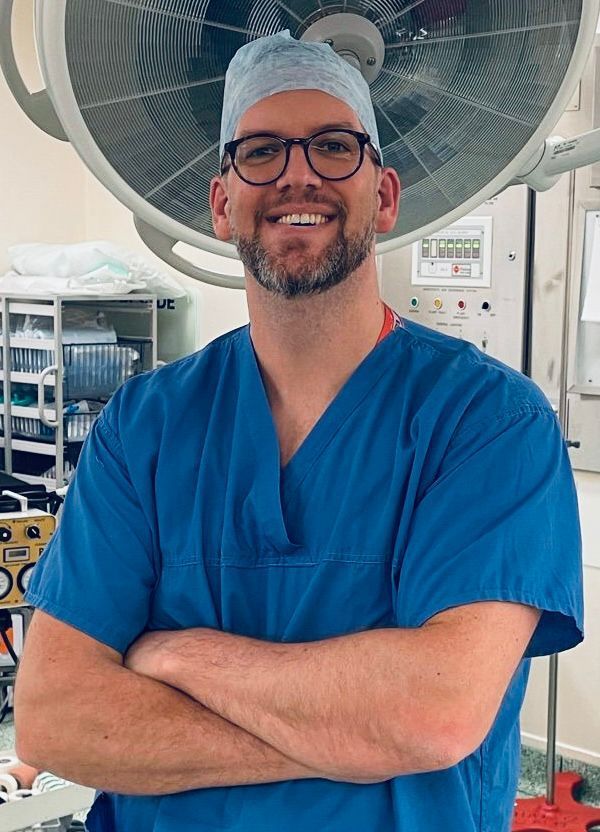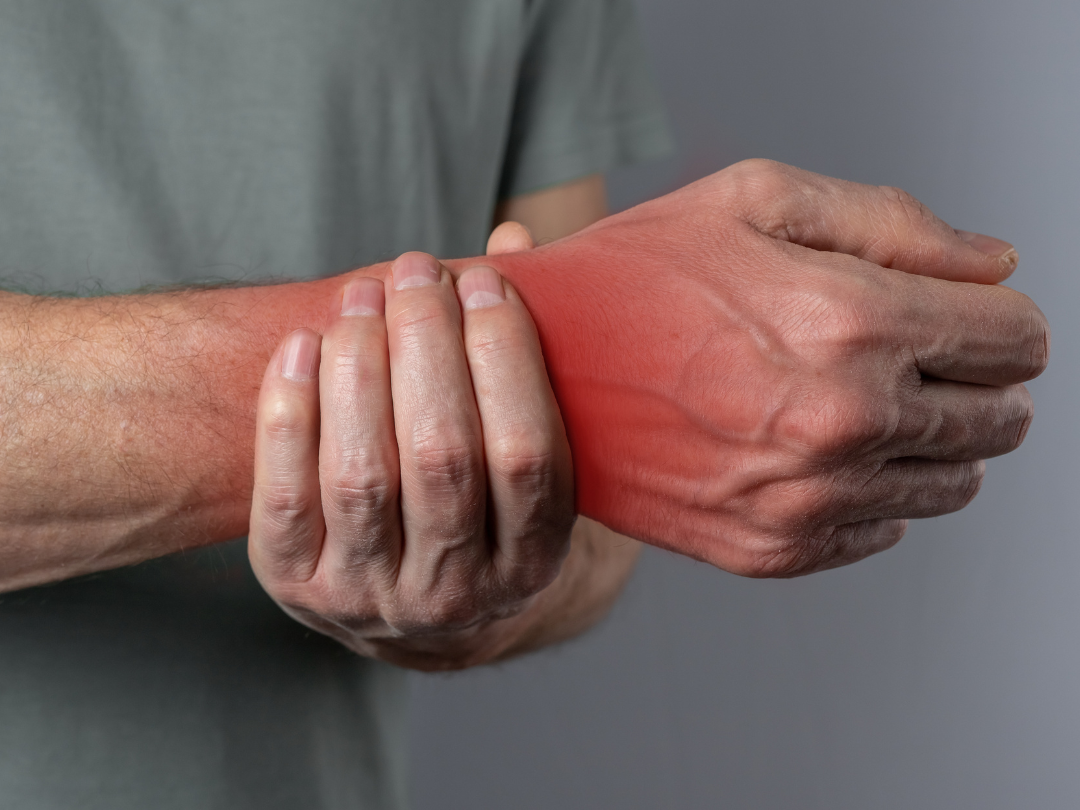
Shoulder and Elbow Specialist
I am a shoulder & elbow surgeon working in Leeds, dealing with all problems affecting the arm in both adults and children. I have worked alongside a number of world renowned surgeons in the UK and Europe.
What we do

Shoulder Problems
Learn about shoulder conditions

Elbow Problems
Learn more about elbow problems

Wrist Problems
Learn more about wrist problems

Children's Problems
Learn more about children's problems
Patient Feedback
Add your custom HTML here
Patient feedback
Where to find us
Contact Us
Thank you for contacting us.
We will get back to you as soon as possible.
We will get back to you as soon as possible.
Oops, there was an error sending your message.
Please try again later.
Please try again later.
© 2024
All Rights Reserved | Shoulder2Wrist Limited
